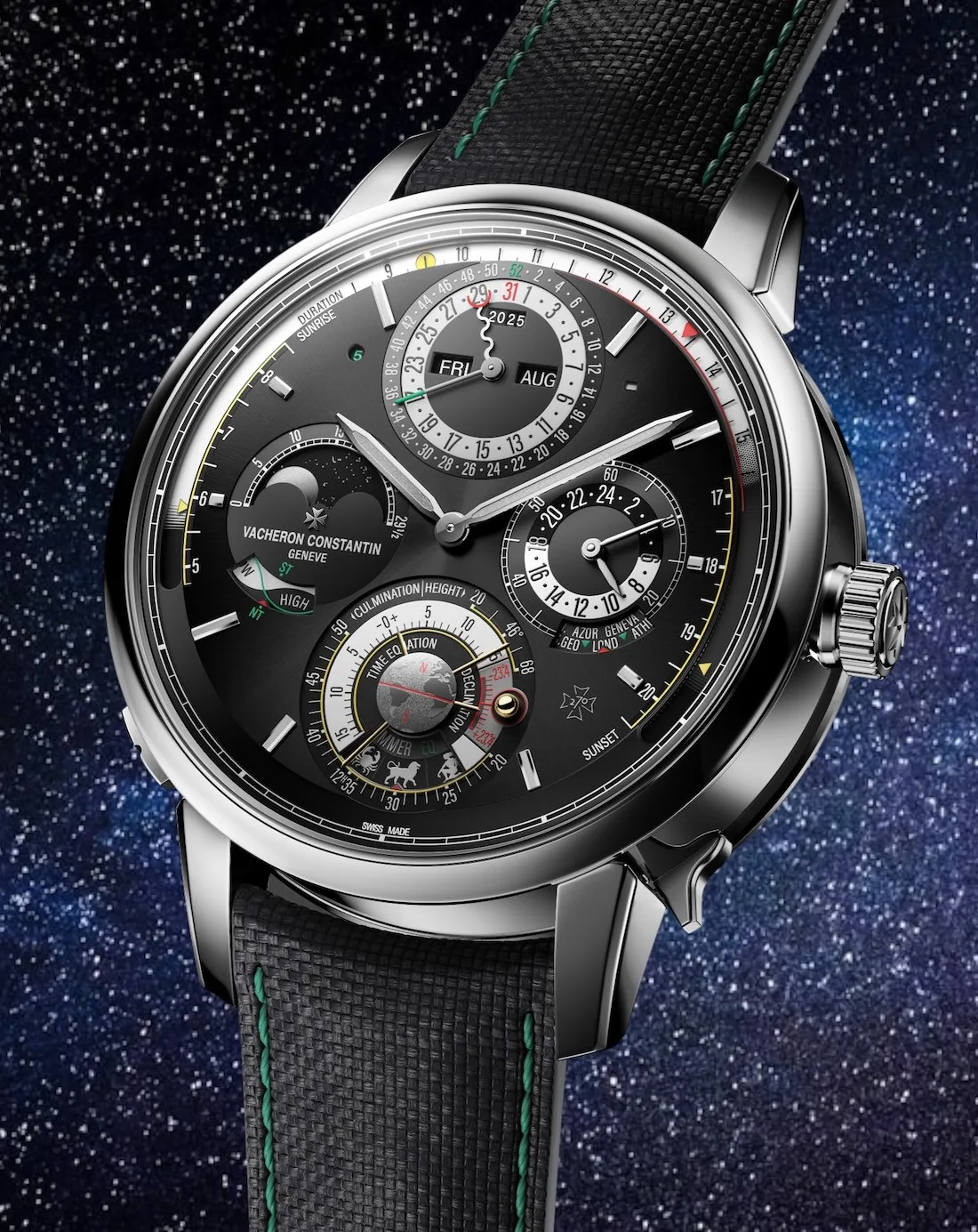Two hundred years ago this year, Édouard Bovet, a watchmaker who learnt his trade in Switzerland, perfected it in London and made his reputation in China, decided to open his own company with his brothers, to bring luxury Swiss watches into the Chinese market. The success was immediate and extraordinary, to the point that Bovet pieces were accepted as payment anywhere in the kingdom.
Due to this amazing history, the House of Bovet is inextricably linked to travel and as such, has produced several double, triple, and world-time watches, all of which immediately became coveted by collectors. In 2020, Bovet introduced the Récital 26 Chapter Two, which received the “Mechanical Exception” award at GPHG, featuring a universal time subdial at three o’clock, taking the mechanics of this complication a step further. To celebrate Bovet’s 200th anniversary, the Fleurier based watchmaker has introduced a new horological wonder, the Orbis Mundi. The problem with world time watches is legibility. To address this issue, Bovet 1822 has developed a major advancement in the setting and using of the world time function – the Orbis Mundi. This new timepiece shows all 24 time zones at a glance, thanks to its top-of-the-world display, with all functions set using just the crown. This display makes reading the time anywhere in the world a breeze. Turn the crown counterclockwise to set the hours and minutes, and clockwise to set the unique 24 world time zone dial.

Bovet’s new Orbis Mundi shows all 24 time zones at a glance, thanks to its top-of-the-world display.
In development for more than two years, the Orbis Mundi simplifies both the setting and the indications of the world time for a new generation of watch lovers. Exquisitely finished, the Orbis Mundi also stands out for its emblematic Fleurier case, a true symbol of two centuries of watchmaking excellence. The ergonomic 42mm Grade 5 titanium or 5N red gold case provides optimal comfort even for tiny wrists like mine, thanks to its slim profile (11.25mm) and its iconic real-sapphire-cabochon-topped crown and Bovet bow at 12 o’clock.
The dial opens to display the in-house balance wheel and regulating organ, with its three-arm rotating second hand and a 20-second aventurine glass dial at 6 o’clock. The power reserve indicator is found at three. On the right side of the world-time dial, which is pure aventurine glass, we find its single barrel, seven days power reserve indicator, a function particularly important for complicated timepieces.
The sapphire glass of the screw-down back reveals every detail of this finely finished manual-wind manufacture movement, polished, angled and decorated by Bovet’s in-house artisans. The exhibition back is also a hallmark from the history of the brand: the Bovet brothers were famous for inventing a see-through cover during the 1800s to showcase their finely engraved movements. Furthermore, everything but the barrel springs, sapphire crystals and straps are made at Bovet. That’s why they can use “Swiss handcrafted” when referring to their watches rather than “Swiss made”, which means only 60 percent of the components originate in the Alpine country.

















Show Comments +